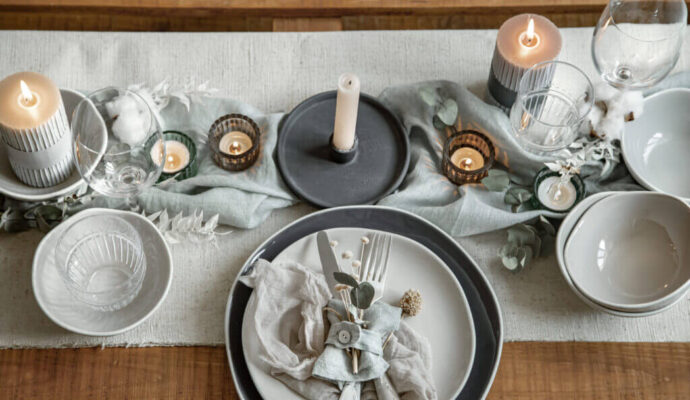The chenille yarn is fabricated by putting short lengths of yarn, called the “heap”, between two “center yarns” and afterward winding the yarn together. The edges of these heaps then stand at the right points to the yarn’s center, giving the chenille the two its non-abrasiveness and its trademark look. Chenille patches will appear to be unique in one course contrasted with another, as the filaments unexpectedly get the light. Chenille can seem glowing without really utilizing Iridescence filaments. The yarn is regularly produced from cotton, yet can likewise be made utilizing acrylic, rayon and olefin.
Read More: business formation
History
In keeping with fabric historians, chenille-type yarn is a current invention, courting to the 18th century and believed to have originated in France. The original technique involved weaving a “leno” cloth and then cutting the fabric into strips to make the chenille yarn.
Alexander Buchanan, a foreman in a Paisley material mill, is credited with introducing chenille fabric to Scotland in the 1830s. Here he developed a way to weave fuzzy shawls. Tufts of colocoloredl had been woven together into a blanket that becomes then cut into strips. They have been treated via heating rollers as a way to create frizz. This led to a gentle, fuzzy fabric named chenille. Any other Paisley shawl producer went directly to similarly expand the approach. James Templeton and William Quigley labored to refine this technique while running on imitation oriental rugs. The problematic patterns were hard to reproduce by automation, however, this technique solved that trouble. Those guys patented the method but Quigley quickly sold out his hobby. Templeton then went on to open a successful carpet organization that became a leading manufacturer throughout the 19th and twentieth centuries.
Usage
YarnArt Chenille gives a delicate velvet inclination because of its micro polyester content. You can utilize it to make winter garments, frill, for example, caps, hair groups, scarves, home boots, sacks, pad covers, mats, carpets, and home improvement items like poufs. You can sew child covers and kids’ adornments with Chenille, which is likewise liked by amigurumi producers.
DIY
This undertaking is brief, clean, and cheap! In this Instruction, I will percentage with you the stairs it takes to make a stunning blanket or throw, in approximately an hour. I made mine out of chenille yarn and it simplest took three skeins. I’m able to explain the info of the yarn inside the subsequent step.
First, have you ever heard of arm-knitting? It is a craft and particularly a fad that I’ve seen online quite often. I had two problems with it. I had an issue know-how a way to cast at the stitches, so one can knit with my palms. And, I even have a problem with pain in my shoulder, so that technique became out of the query. This approach that I can percentage with you is called hand-knitting and can be completed on a flat floor, floor, or table. Some other trouble I had when I first started studies on making a corpulent blanket, become the fee of the yarn. Many people make theirs out of some sort of chunky wool, which is lovely, but it costs at least one hundred bucks for the yarn, if no longer greater. This blanket that I made only value $18!




More Stories
Top 5 Reasons Why Buying a Star Is the Most MeaningfulGift
Loan Advising in 2025: Stop Guessing, Start Borrowing Smart
How Much Does Car Recovery Cost in the UK?